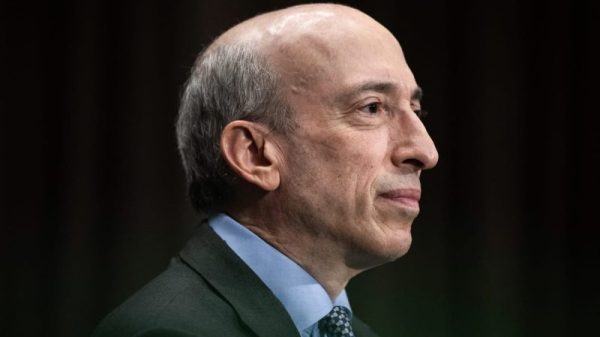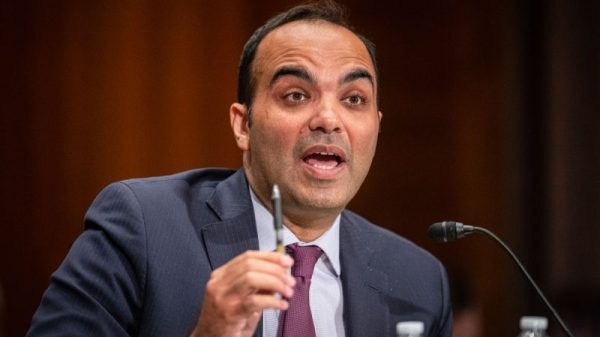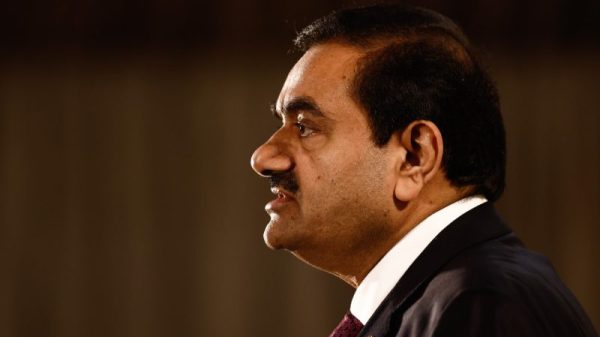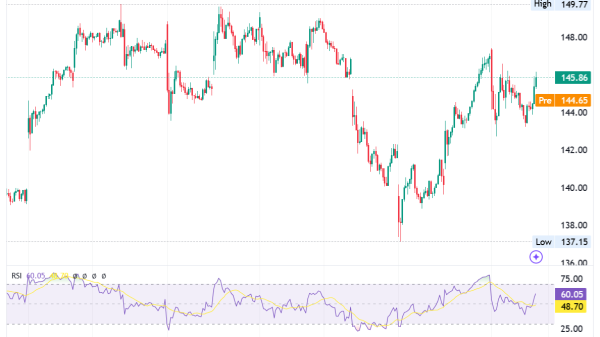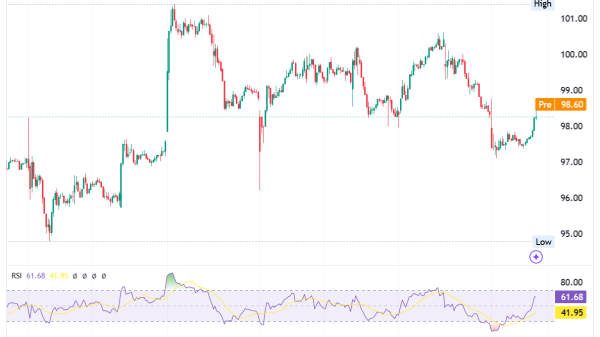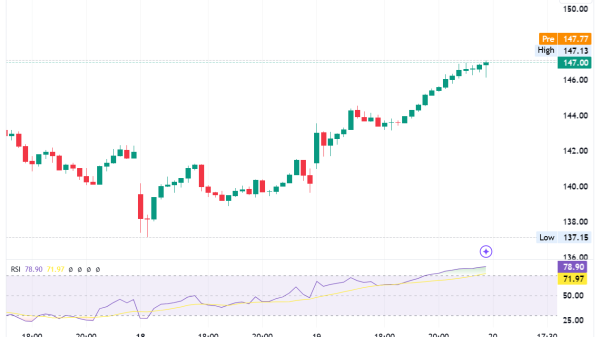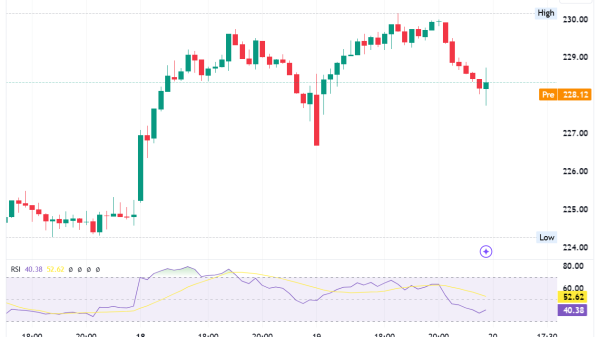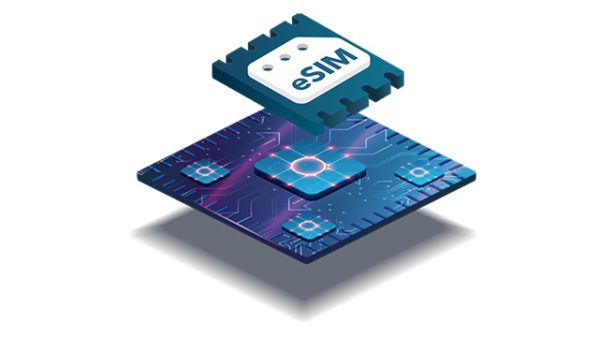It seems intuitive to view the Internet of Things as a brilliant innovation and a giant leap forward in our civilization’s development. And it obviously is. However, it’s also a rather simple, natural, and unavoidable consequence of dozens of other innovations, most of which were made independently and for their own sake—not to create or improve the IoT.
Technologies and fields such as wireless sensor networks, embedded systems, automation, control systems, commodity sensors, ubiquitous computing, and machine learning enable and develop the IoT, often just as a secondary consequence of their intended purpose. However, many of these were developed after the Internet of Things had already started being a thing and merely improved upon it, which begs the question—when did the IoT actually “come to be?”
What Exactly Is the Internet of Things?
The IoT is exactly what it sounds like—the entire network of interconnected devices that can connect to the Internet and the cloud, interact with each other, and exchange data while performing a particular task. To do that, IoT devices typically utilize sensors and software that enable them to communicate with the digital world.
In essence, the Internet of Things is an incredibly fluid and constantly evolving network, as newer innovations lead to more and more ways for hardware devices to interact with the digital world. Thanks to that, countless industries rely on the IoT to help them operate faster, more efficiently, at lower costs, and with better customer service.
Or, as people more intelligent than we have put it:
Bernard Marr for Forbes: Everyday objects that can be connected to the Internet and be recognized by other devices and contribute info to a database.
Andrew Meola for the Business Insider: A network of internet-connected objects able to collect and exchange data using embedded sensors.
Keith Foote for DATAVERSITY: Any device with an on/off switch connected to the Internet. This includes almost anything you can think of, ranging from cellphones to building maintenance to the jet engine of an airplane.
Today, IoT devices can be found in almost every area of life—from factories to casinos to our homes. Their connection to the Internet allows IoT devices to perform their intended tasks with little or no human intervention.
You may have noticed that such definitions of the IoT, no matter how detailed or concise, still feel a bit nebulous. For example, are desktop computers or laptops part of the IoT? No, such computing devices are generally considered separate from the Internet of Things because computers can perform various other complex tasks that aren’t related to the IoT.
Smartphones, on the other hand, fall into a bit of a grey area. They are sometimes considered an IoT because almost everything we use them for relies on the Internet. But other times, smartphones are seen as non-IoT, as they are basically handheld computers.
When Was the Official Birth of the Internet of Things?
It can be said that the predecessors of the Internet of Things were the first telegraphs in the 1830s and 1840s. Yes, the telegraph uses a simple landline, but it’s still a form of long-range communication. Same for the radio (described as “wireless telegraphy”) in 1900 or TV soon after.
Of course, the actual IoT came into being after the creation of the Internet itself. The latter started taking shape in the 1960s when DARPA (Defense Advanced Research Projects Agency) began developing the Advanced Research Projects Agency Network (ARPANET). It wasn’t until the 1980s, however, that ARPANET was opened to the public. Once that happened, people started figuring out ways to connect more than just computers to the net.
Probably the most famous of the early examples of that is a Coca-Cola vending machine at Carnegie Mellon University. Many see that vending machine as “the first IoT device” because programmers at the university managed to connect it to the Internet for the simple purpose of monitoring from a distance whether or not it was stocked with cold drinks.
The public availability of the World Wide Web led to a boom of countless engineers and amateurs who wanted to connect their electronics to the net for one reason or another. Fridges, thermostats, toys, flashlights, and more—if it worked off electricity, someone has tried to plug it into the net.
Another device often credited as “the first IoT” is a toaster developed by John Romkey and Simon Hackett in 1990. The difference between the Sunbeam toaster and devices modified into IoTs during the previous eight years was that the toaster was developed as an IoT from scratch.
This does bring up a more extensive discussion of digital-first and physical-first IoT devices, of course. Digital-first IoTs were initially developed to function as IoTs, including streaming media players, mobile payment terminals, smartphones, and the 1990 Sunbeam toaster. Physical-first IoTs, on the other hand, are items that had a sensor or a microchip added to them after they were already manufactured—such as key chains, many vehicles, and the 1882 Carnegie Mellon Coca-Cola machine.
How Did the IoT Progress So Far So Quickly?
So, how did we get from the initial concept of the Internet of Things to the “smart home revolution” we are living through today? As with most other areas of life, things really ramped up for IoTs once the leaders of certain heavy industries realized the cost-cutting potential of IoTs.
Kevin Ashton, MIT’s Executive Director of Auto-ID Labs, first coined the phrase “Internet of Things” in a speech before Procter & Gamble in 1999. However, naming the IoT is arguably the second-most important part of that speech. The first is how well it highlighted the incredible boom in IoT development in the next quarter century—IoTs reduce waste, loss, and costs so much that the world’s industry couldn’t not invest in them.
The IoT is present in virtually every industry today, from improving logistics, fleet management, vehicle control, and intra-vehicular communication through industrial operational technology devices and manufacturing digital control systems to smart-grid energy management. Of course, home automation has also gone a long way thanks to IoT, as has elder care and healthcare.
Conclusion
The history of the Internet of Things is still being written and will likely continue developing parallel to human history for as long as we’re around. We’re probably not far from the day when the 1982 vending machine and the 1990 toaster will look as distant and primitive as the invention of the wheel does today.
The post A Brief History of Early IoT appeared first on IoT Business News.






